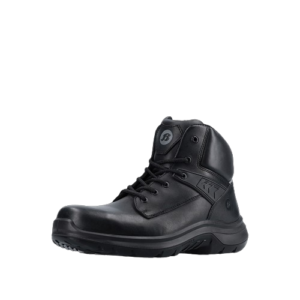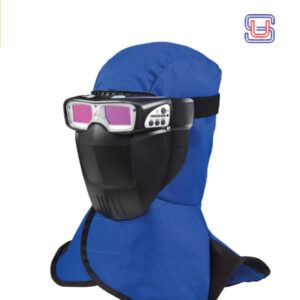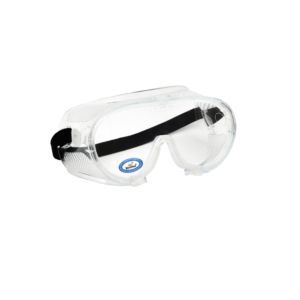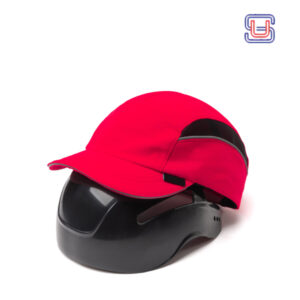American safety products have a significant presence and influence in Dubai, playing a crucial role in ensuring workplace safety, protecting consumers, and upholding environmental standards. These products, known for their adherence to stringent American safety regulations and standards, cater to a diverse range of industries in Dubai, including construction, oil and gas, manufacturing, hospitality, and healthcare. In Dubai, where rapid urbanization and development projects are prevalent, safety products such as personal protective equipment (PPE), industrial safety gear, fire safety equipment, and environmental protection tools are indispensable. They not only comply with local safety regulations but also integrate advanced technologies and innovations that enhance effectiveness and user comfort. The adoption of American safety products in Dubai reflects a commitment to maintaining high standards of occupational health and safety. These products are instrumental in mitigating workplace hazards, preventing injuries, and ensuring compliance with international safety norms. They contribute to creating safer work environments, thereby supporting the sustainable growth of industries and promoting the well-being of workers and the community at large. Furthermore, the reliability and effectiveness of American safety products bolster confidence among businesses and consumers in Dubai, reinforcing their role in fostering a culture of safety and resilience in the face of evolving challenges and opportunities in the region's dynamic economic landscape.
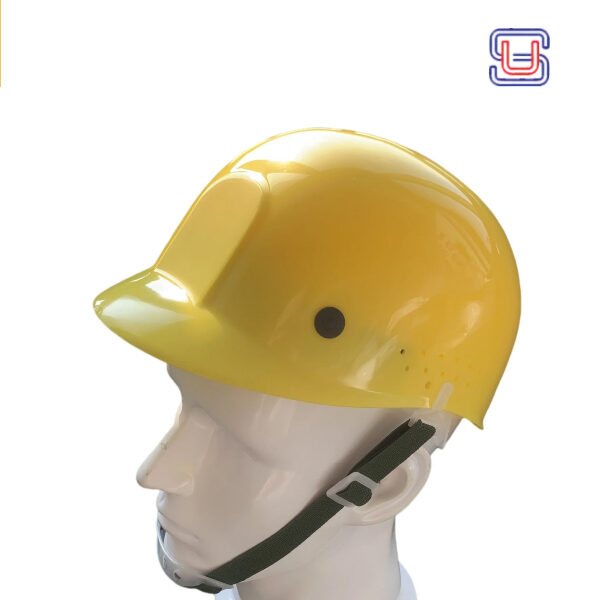
American safety products encompass a wide range of items designed to protect workers, consumers, and the environment. These products span various categories and industries, each tailored to address specific hazards and ensure safety. Here are some of the different types of American safety products:
1. Personal Protective Equipment (PPE)
- Head Protection: Hard hats, safety helmets
- Eye and Face Protection: Safety glasses, goggles, face shields
- Hearing Protection: Earplugs, earmuffs
- Respiratory Protection: Disposable masks, respirators (N95, half-face, full-face)
- Hand Protection: Gloves (chemical-resistant, cut-resistant, thermal)
- Foot Protection: Safety shoes, boots with steel toes, slip-resistant soles
- Body Protection: Safety vests, jackets, coveralls, aprons
- Fall Protection: Harnesses, lanyards, anchor points
2. Industrial Safety Equipment
- Machine Guards: Barriers and shields to protect workers from moving parts
- Safety Signs and Labels: Warning signs, labels, and floor markings
- Emergency Showers and Eyewash Stations: For decontaminating eyes and skin exposed to hazardous substances
- Lockout/Tagout Devices: Systems to ensure machinery is properly shut down during maintenance
3. Fire Safety Equipment
- Fire Extinguishers: Various types (A, B, C, D, K) for different classes of fires
- Smoke Detectors: Devices to detect smoke and alert occupants
- Fire Alarms: Systems to warn of fire and facilitate evacuation
- Fire Blankets: For smothering small fires or wrapping individuals exposed to fire
- Sprinkler Systems: Automated systems for fire suppression
4. Environmental Safety Products
- Spill Containment: Spill kits, absorbents, containment booms
- Air Quality Monitors: Devices to detect hazardous gases and particulates
- Water Quality Testers: Tools to monitor and test water for contaminants
- Hazardous Waste Storage: Containers and systems for safe storage and disposal of hazardous materials
5. Construction Safety Products
- Scaffolding and Ladders: Equipment designed for safe access to elevated work areas
- Guardrails and Safety Nets: Systems to prevent falls from heights
- Trench Boxes: Protective systems for excavation work
6. Electrical Safety Products
- Insulated Tools: Tools designed to protect against electrical shocks
- Ground Fault Circuit Interrupters (GFCIs): Devices to prevent electrical shocks
- Arc Flash Protection: PPE and equipment to protect against arc flash hazards
7. Chemical Safety Products
- Chemical-Resistant Clothing: Suits, gloves, and boots designed to protect against chemical exposure
- Fume Hoods: Ventilated enclosures to capture and exhaust hazardous fumes
- Chemical Storage Cabinets: Secure storage for hazardous chemicals
8. Ergonomic Products
- Anti-Fatigue Mats: Mats designed to reduce fatigue from standing
- Ergonomic Chairs and Desks: Furniture designed to promote good posture and reduce strain
- Lifting Aids: Devices to assist with lifting heavy objects, reducing the risk of injury
9. Transportation Safety Products
- Seat Belts: Safety belts to protect vehicle occupants
- Airbags: Inflatable devices to protect occupants in a crash
- Traffic Cones and Barriers: Equipment to direct traffic and protect workers on roads
10. First Aid and Medical Supplies
- First Aid Kits: Kits containing supplies for treating minor injuries
- Automated External Defibrillators (AEDs): Devices for emergency treatment of cardiac arrest
- Medical Gloves: Disposable gloves for medical and first aid use
11. Construction Site Safety
- Barriers and Barricades: Physical barriers to restrict access to hazardous areas
- Warning Systems: Alarms, lights, and signals to alert workers to dangers
12. Laboratory Safety Products
- Biological Safety Cabinets: Containment units for handling infectious materials
- Chemical Fume Hoods: Ventilated enclosures to protect from hazardous fumes
13. Maritime Safety Equipment
- Life Jackets: Personal flotation devices to prevent drowning
- Life Rafts: Inflatable rafts for emergency evacuation at sea
- Distress Signals: Flares, beacons, and other signaling devices for emergencies
14. Nuclear Safety Products
- Radiation Detectors: Devices to measure radiation levels
- Protective Suits: Clothing to protect against radioactive contamination
These safety products are essential in maintaining safe environments across various sectors, ensuring that workers and the public are protected from potential hazards. They are developed and regulated according to rigorous standards to ensure their effectiveness and reliability.

